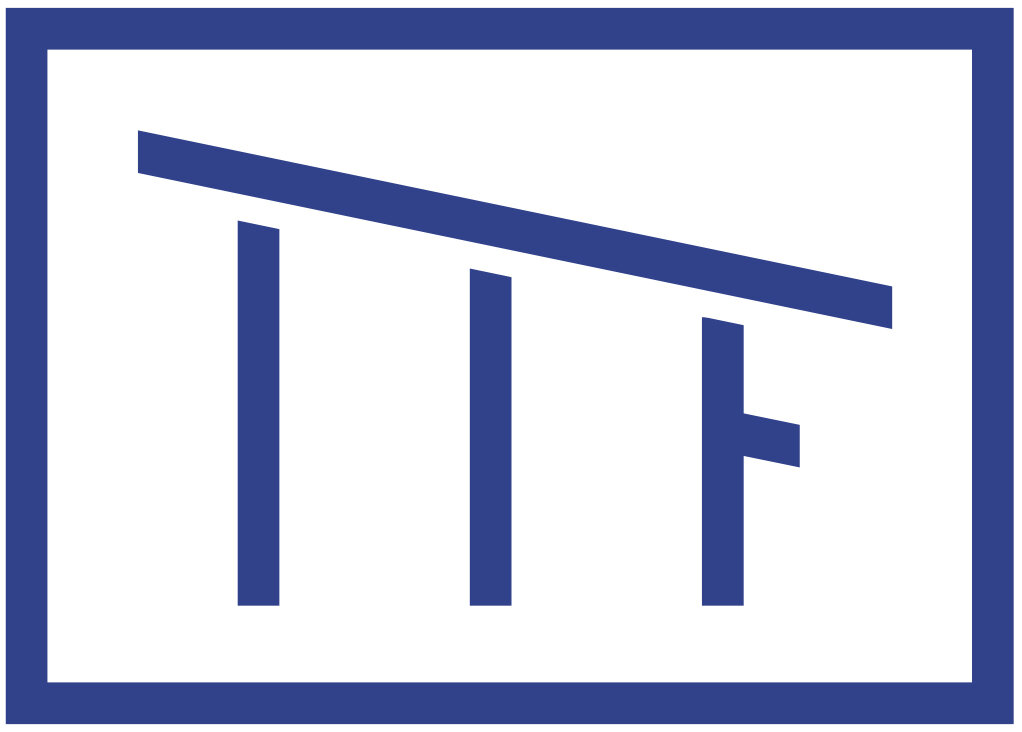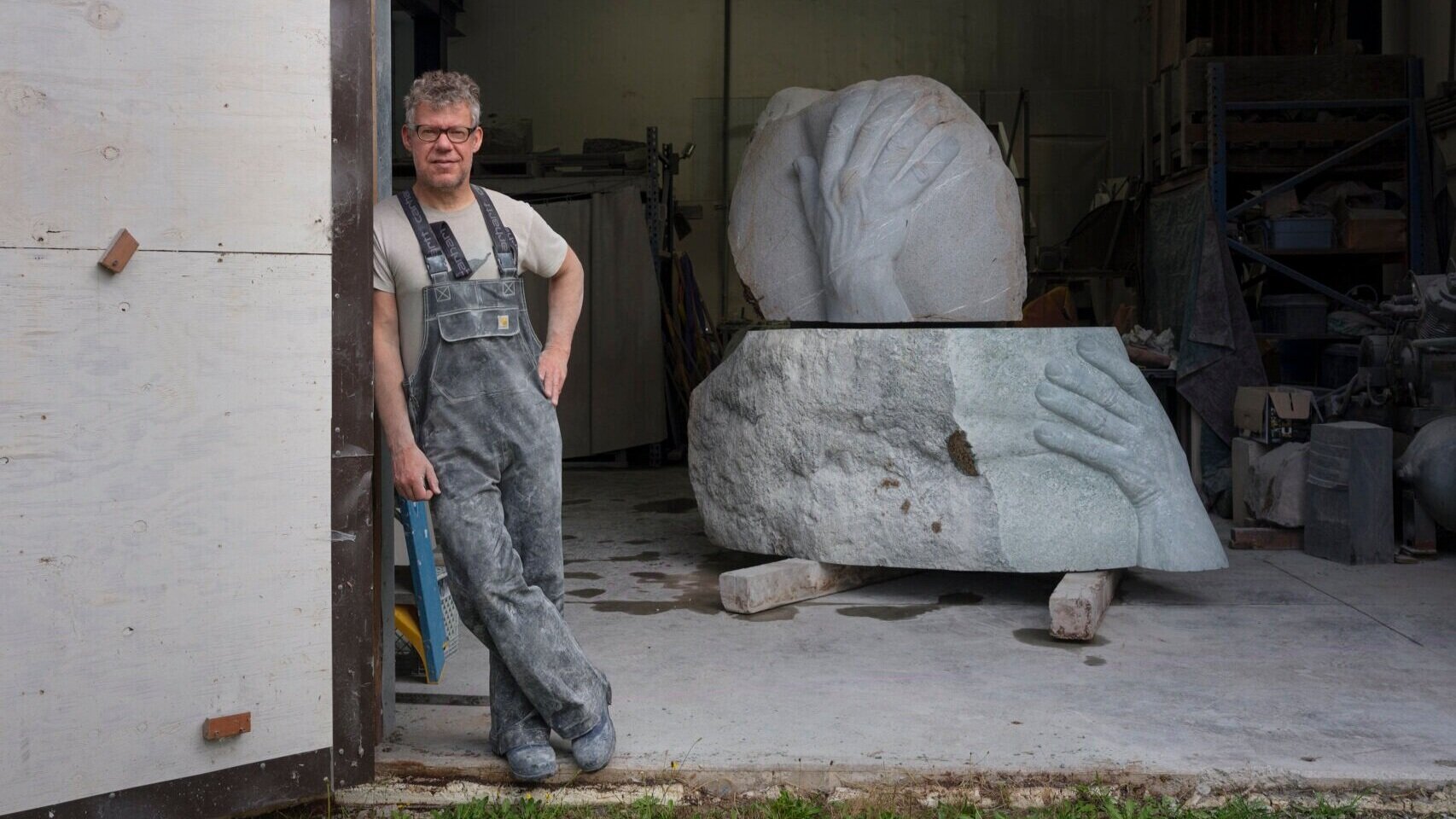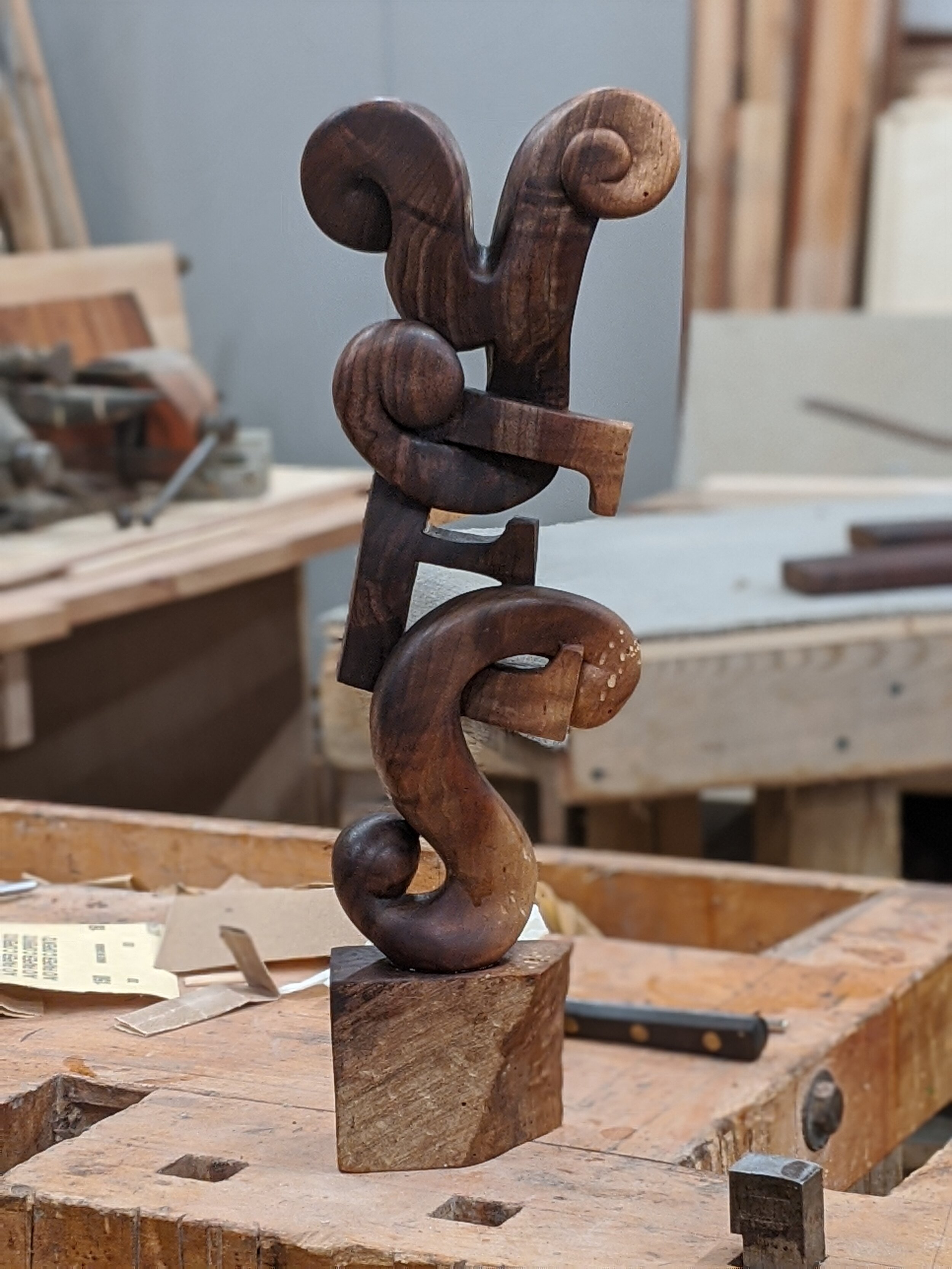Dan Webb
Dan Webb is a full-time wood carver, tinkerer, and sculptor. Currently represented by Greg Kucera Gallery, Dan has been showing in galleries and museums for over 20 years. His work is owned by numerous museums throughout the country, among them the Smithsonian, the New Museum, Seattle Art Museum, and the Portland Art Museum, and the Museum Of Glass in Tacoma. In addition to gallery and museum shows, Dan has made public art projects since 2004. Dan is a winner of the Pollock Krasner Foundation Award, the Betty Bowen Award, the Washington State Artist Fellowship award, and has been a finalist for the Neddy, and the Stranger Genius Award. He lives and works in Seattle, Washington.
Cut, Flamed, Spalted
carved wood, completed 2013
18” x 37” x 33”
Smithsonian American Art Museum
Artist Statement
I’m mostly a woodcarver. What I do draws equally from a European, academic tradition, and a vernacular, American Folk art tradition. My own work lies somewhere in the middle.
How I work is simple enough: I take big pieces of wood, and slowly grind them down into smaller pieces of wood. Doing so requires only three things: wood, tools, and time. Carving takes a lot of time. It takes thousands of cuts, tens of thousands, each one a unique decision designed to address a unique problem. The chips that fall to the floor become artifacts of that time — not an interpretation of it, or a metaphor for it — but its actual, physical embodiment. Carving is entropy in action, which is why time itself, and the changes it brings, are the real subjects of my work. Everything else branches off of that.
And there are a lot of branches. Time and labor starts a conversation that intersects with history, tradition, agency, and intention, among other things. And the wood itself starts a conversation that intersects with the natural world, mortality, and consequences, among other things. If these seem like big and complex themes, intersecting with politics and passions, they are, but all of them exist without fuss or fanfare in woodcarving.
Most of what I do is invisible — hundreds of roughed out versions of a carving come and go before I settle on the one that gets shown. Most of what I do gets swept up at the end of the day and tossed. But what does get seen, I hope, is an object coaxed into letting loose the complex conversation that already exists within it, and that our own roots, our own limbs, our own growth, and our own experience of reaching upward through obstacles and adversity, echoes in wood... and that you can hear it, if you look.
At Tusen Takk
Dan advised staff on additional tools and equipment for the woodshop studio including chisels and a new workbench. Dan continued work on his “Yes” series, completing this carved piece for Tusen Takk which has come to be known as the “Precarious Yes” for both how it manages to stand upright and the manner in which we often hesitantly arrive at uttering the word “yes.” The piece was mounted in the passageway between the studios and the guesthouse with the hope of offering future artists a positive affirmation at the beginning and end of their days.
Dan also spent time carving the unique salvaged materials at Tusen Takk, including creating a serving tray out of a reclaimed stair tread from Director Geoffrey’s family farm in Wisconsin. He also made two serving spoons out of salvaged maple for future residents to use in the Guesthouse.
Precarious Yes, 2021
Carving the Precarious Yes out of a piece of walnut Geoffrey had stored for some good use for over 20 years.
Dan in Tusen Takk’s wood shop carving a serving tray out of a reclaimed stair tread
Dan’s finished serving tray and spoon. The spoon was carved from a leftover piece of maple from the construction of Tusen Takk’s stairs.
Related News









